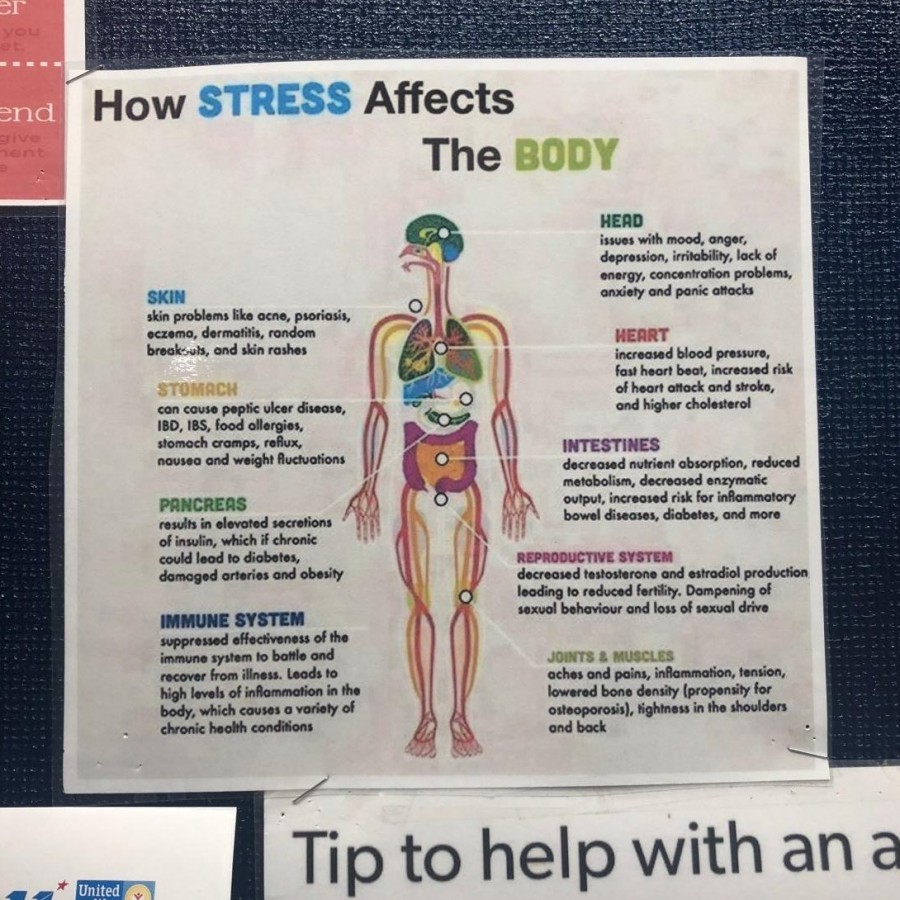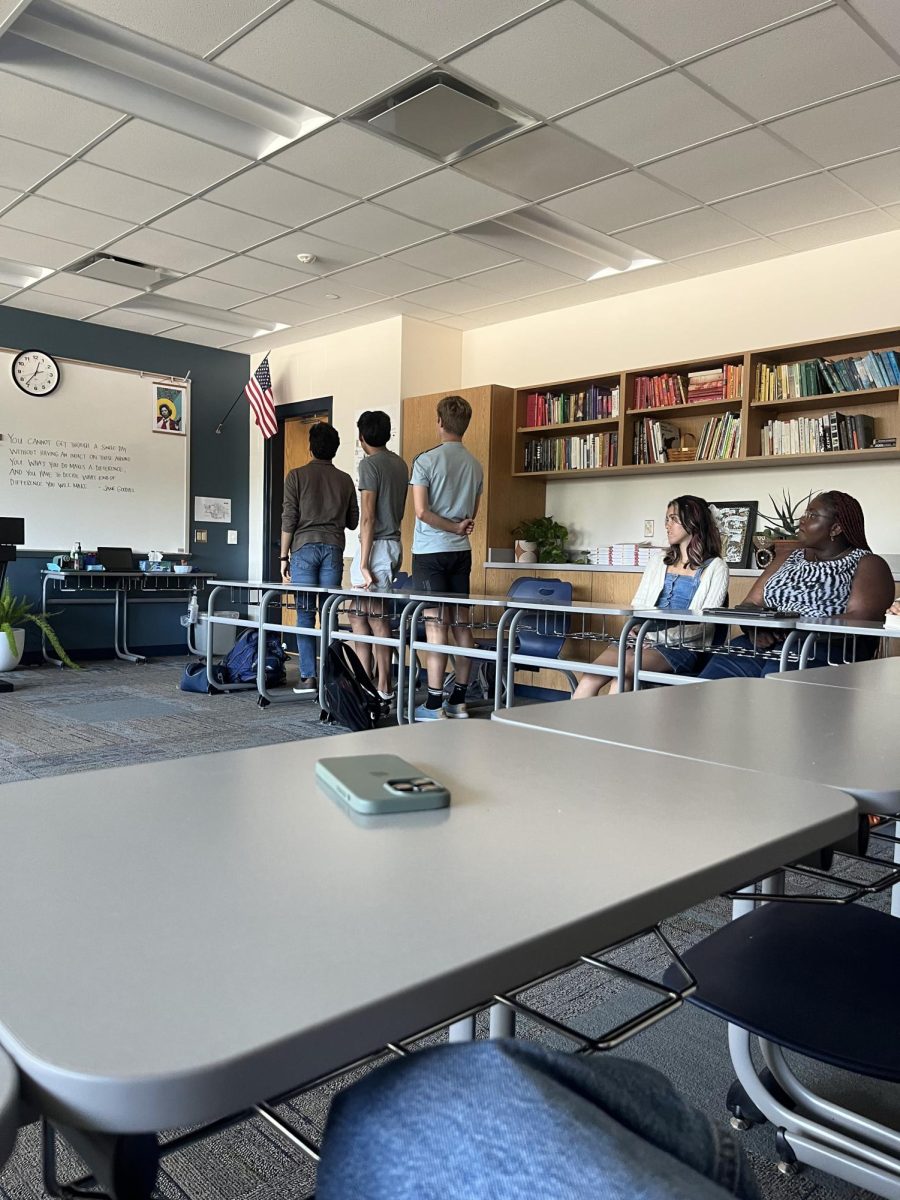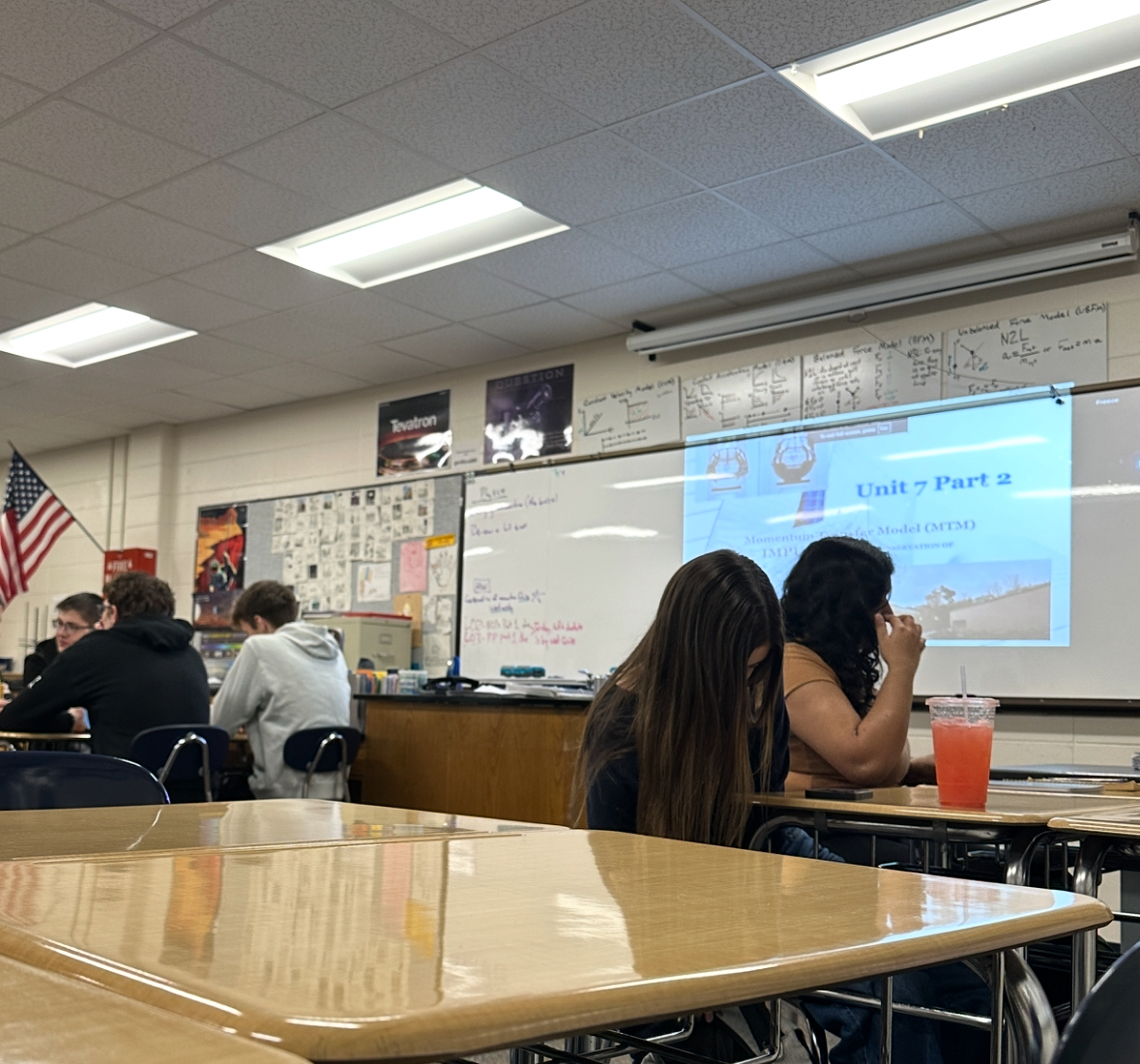In today’s society, the pressure that is undeniably present for students to perform well in school, home, and in extracurricular activities have shown to take a toll on students’ mental health through stress/anxiety and traumatic experiences. To combat this developing issue among the student population, schools around the country have adopted meditation programs to boost learning and ease stress.
Students around the country, ranging from K-12, have participated in studies to analyze the effects meditation can have on students. According to research conducted for Contemplative Education: A Systematic, Evidence-Based Review of the effect of Meditation Interventions in Schools, “Students who were taught meditation at school reported higher optimism, more positive emotions, stronger self-identity, greater self-acceptance, and took better care of their health as well as experiencing reduced anxiety, stress and depression.”
Depending on the age of students and the issue being faced, different types of meditation techniques are being introduced into participating schools. Some schools have implemented a practice called Quiet Time, which is a type of transcendental meditation. This program is placed in schools where a majority of the students are considered low-income because they’re especially susceptible to traumatic stress.
Funded by the David Lynch Foundation, the foundation stated the meditation is funded in efforts to “prevent and eradicate the all-pervasive epidemic of trauma and toxic stress among at-risk populations,” they stated. The foundation has aided over 18 schools across the country to implement this 20 minute meditation technique where concentration, contemplation, and monitoring of thoughts are discouraged.
Other forms of meditation like yoga and mindfulness are also being introduced in school districts nationwide. Many of these programs, like mindfulness, are placed so one can focus on being fully present of one’s actions without overly reacting to the outside environment. Mindfulness spans a different category of meditation because of its awareness of sensations and feelings in a certain moment without the fear of judgement.
According to US News, after completing a two-month mindfulness practice study, an MRI scan showed the region related to fear and emotion of the brain, the amygdala, started to shrink. The shrinking of this portion of the brain was the body’s initiation to respond to stress.
In order to teach mindfulness in schools, programs require teachers to go through a year long certification program in order to give professional help and guidance to their students. This form of training is done by programs such as mindfulschools.org and offer these certification programs to teachers and other school leaders.
School nurse, Pam Cinadr, made efforts into bringing in a meditation program to PV. Everyday, Cinadr has about seven kids coming into her room who are dealing with anxiety and stress. “You may think nothing is wrong, but if you sat down and looked at what you’re doing, you realize that there are not enough hours in the day for you to accomplish everything at the level that you or your parents set for yourself. There is so much pressure and not enough time,” Cinadr said.
Cinadr believes that some of this pressure can be relieved if one takes just a few seconds out of their day to meditate. She believes the act of meditation is a skill that can be used for any time in one’s life. “If you can learn to meditate, it is something that you can benefit from for the rest of your life. It is one of those tools that you need in your toolbox of life as you go through bigger and sometimes more stressful times,” She added.
Although Cinadr’s efforts for bringing a meditation program at PV is at a pause, some students at PV have meditated in class. Senior Lilly Parker participated in a body scan meditation activity in her Psychology class. Parker and her peers layed down on the floor for half an hour and listened to a guided meditation recording. The goal behind the meditation exercise was to encourage the idea of being in the present moment and to reduce the amount of stress.
Parker commented on the meditation experience. “At first I felt kind of weird because we laid on the floor and I wanted to sleep, but it was a really relaxing experience and I forgot about all of the stress,” She added, “The rest of the day I felt really in tune with my feelings and not as worried about the tests and homework I had for the rest of the day.”
Parker added that she hopes teachers and administration will take the idea of meditation in schools in consideration. “I think that just a minute of meditation in class helps to clear the head and focus on what really matters in school,” Parker said.
















Michael Sampson • Nov 9, 2018 at 8:14 am
I think it’s great to see more news popping up with yoga and mindfulness after studying it in Psychology, and learning of the benefits
Mary Akker • Nov 6, 2018 at 12:45 pm
Great article Angela!
Hannah • Nov 4, 2018 at 9:46 pm
This would be a great idea to do at the school! I think every student should be open to this idea!
Hunter snyder • Nov 2, 2018 at 10:07 am
I think it’s a good idea to put in yoga in schools to relax students